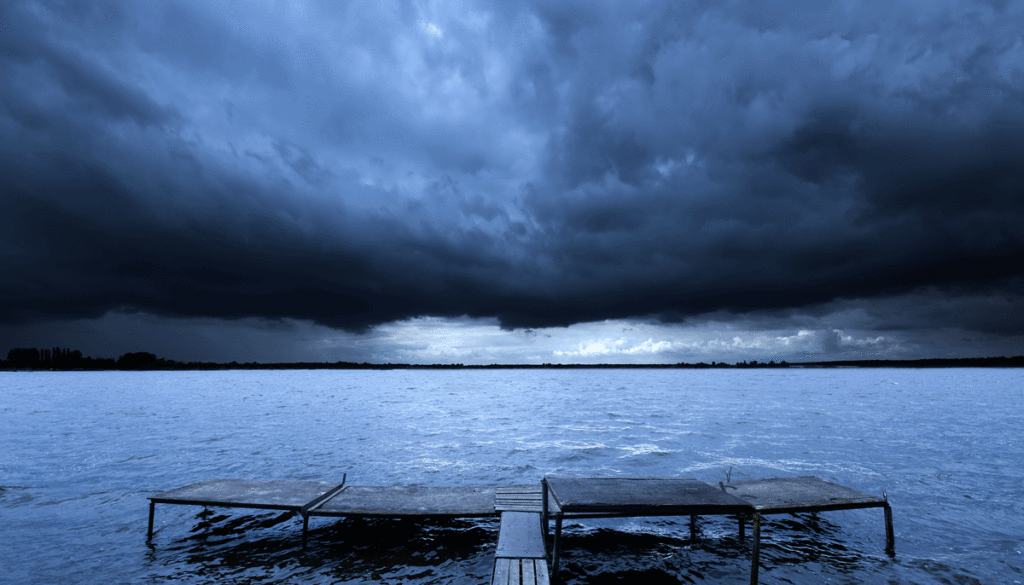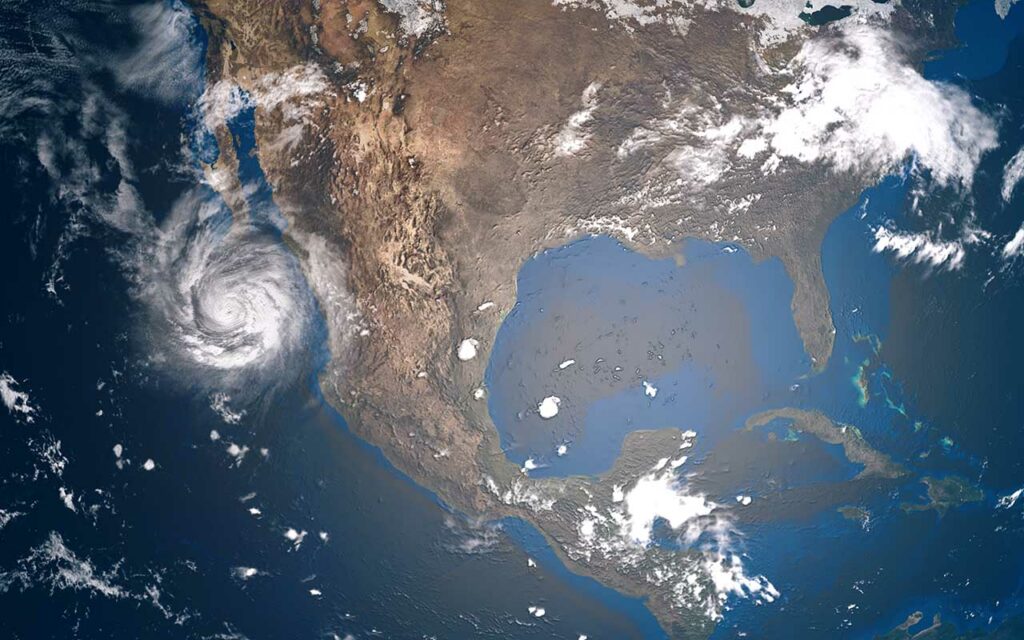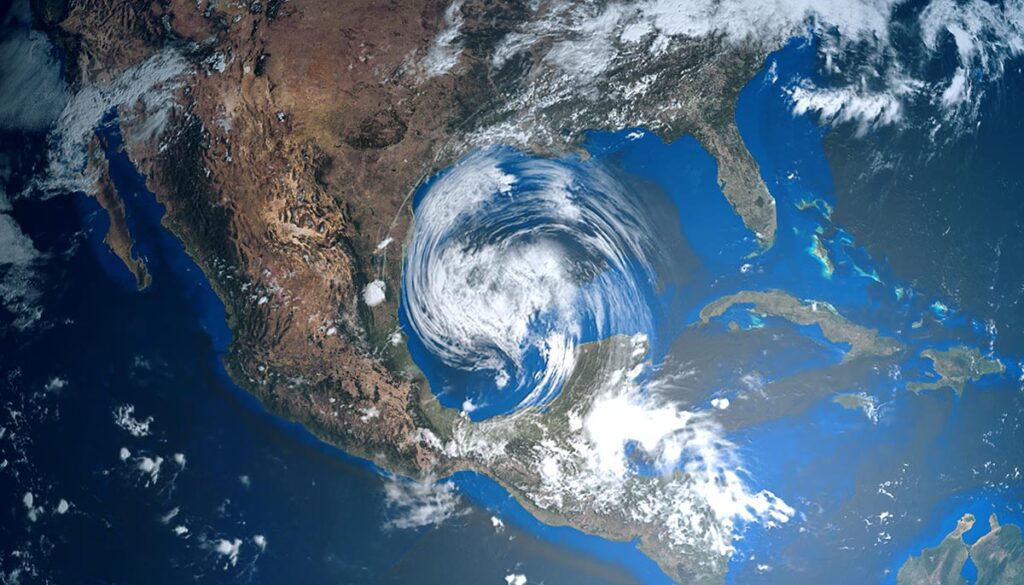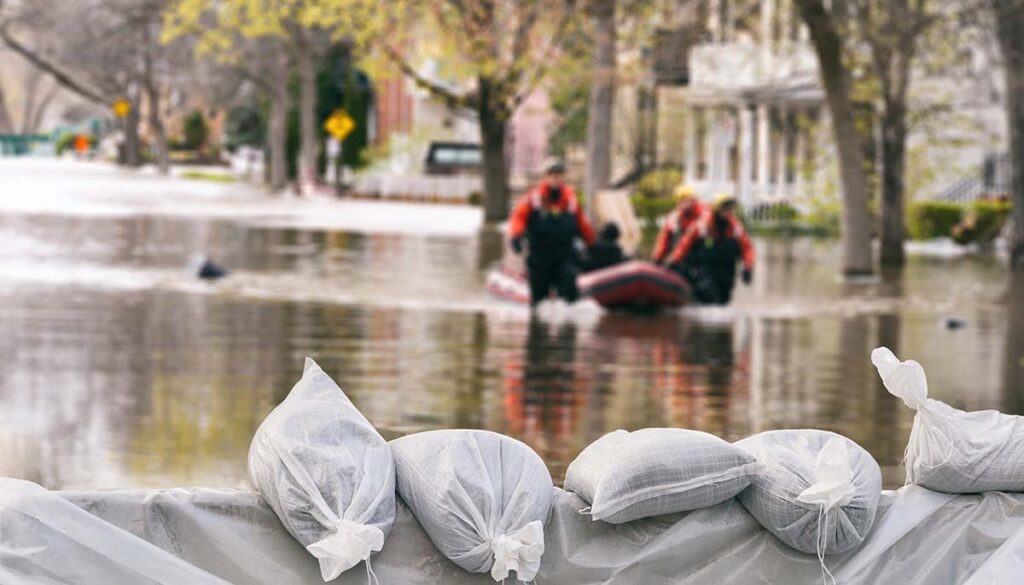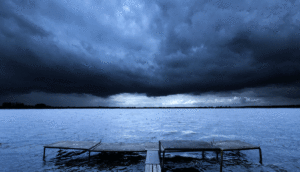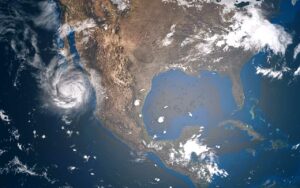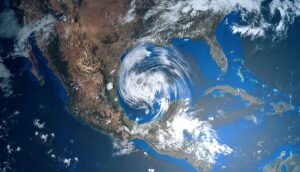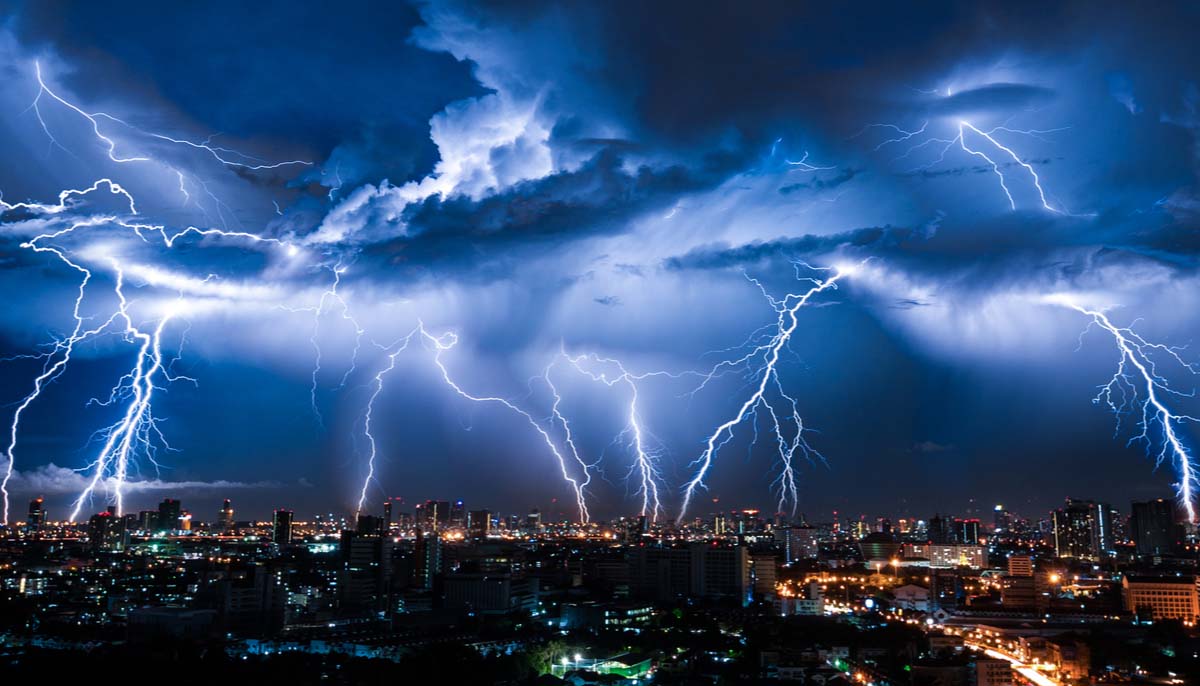In 1588, England and Spain were at war. The two major colonial powers were ramping up their efforts in what they called “the New World,” each battling bitterly to stake their claim on regions in the Americas. This, coupled with disputes over everything from state-sanctioned privateers to England’s forays into what was then the Spanish Netherlands.
The Spanish Armada had massed in its full strength in 1588 and was ready to sail on England and likely overtake the country. While the English Navy was nothing to sneeze at, Spain’s armada was the greatest military force in the world at that point in time. With some 129 warships massed and ready to sail on Kent, and planning to land at Margate, the English government was faced down with its deepest existential threat since its creation in 1066.
So, what happened? Why do we speak English, instead of Spanish, if Spain came so close to literally conquering England? Well, there was a storm.
The Spanish Armada
The Spanish Armada was comprised of some of the most technically impressive warships of the era. The massive galleons were slow-moving and heavy, but they could take a lot of punishment thanks to this design. Likewise, these vessels carried more cannons than most other ships at the time were capable of fielding. Perhaps most importantly was that the Spanish fleet was significantly better funded than England’s.
Whereas the English navy was struggling to afford gunpowder and ammunition, the Spanish Armada was armed to the teeth. Military experts at the time knew that a pitched battle between the two sides would almost invariably see Spain securing a victory. Once the landing parties reached England’s soil, it would be no time at all before the Spanish invaded and secured London.
Fast-Moving Tactics
The English navy realized it was outmanned and outgunned, and so they devised a strategy of fast-moving, harrying runs that enabled them to fire on the Spanish Armada without risking too much return fire. These swift strafing attacks frustrated the Spanish but didn’t pose enough of a threat to win the battle. However, a nighttime attack by English fireships forced the Spanish to retreat, though the winds pushed them north, along the coast of England.
Fate intervened at this point, and the Spanish Armada was struck by severe Atlantic storms that blew them far off course. The storm was so severe that roughly a third of the Armada was dashed on the rocky coasts of Scotland and Ireland, devastating the invasion effort and changing the course of history.
Ending the Conflict
Astonishingly, storms would come to England’s rescue twice more in the Anglo-Spanish conflict. In 1596 and 1597, two further Spanish Armadas massed to attack England, and both times they were repelled by a combination of fast-moving ships and bad weather.
Finally, in 1604, the monarchs of Spain and England signed a treaty, the Treaty of London, which saw England agree to end state-sanctioned privateering while Spain agreed to stop their military actions in Ireland and the Netherlands. England saw this as a huge victory, and things could have been very different had a fateful storm not struck 16 years prior.

